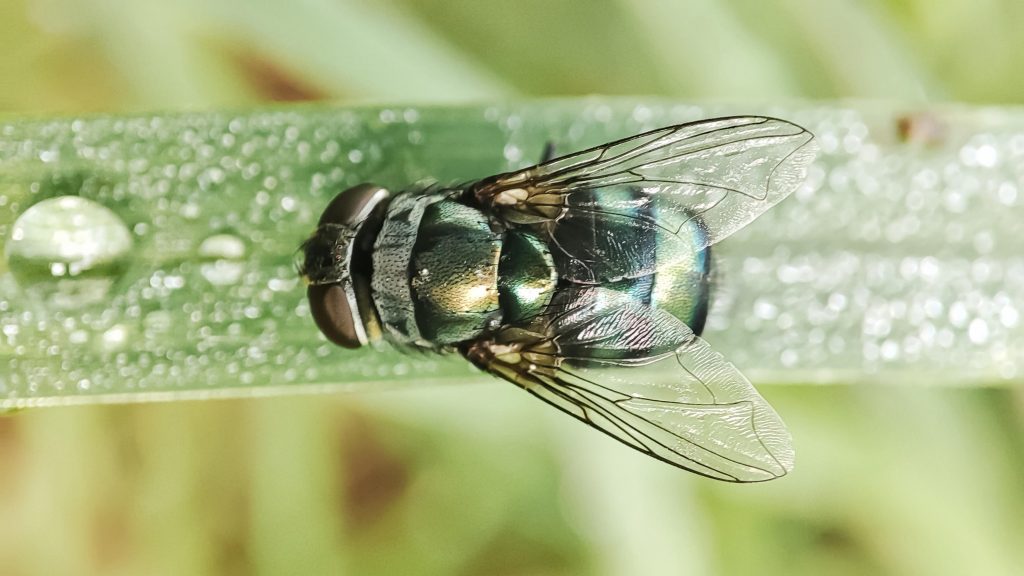
Senior Farm And Ranch Broadcaster Ron Hays spoke with Colin Woodall, CEO of the National Cattlemen’s Beef Association (NCBA), who addressed concerns following the CDC’s report of a human case of New World screwworm in early August. Woodall explained, “From what we understand, it was an individual who had made a trip to one of the countries in Central America (El Salvador) that has New World screwworm, which is all of the countries in Central America right now, came back, had some pain, went to seek treatment and discovered that they were infested with New World screwworm larva.” He emphasized that the key point was the effectiveness of the CDC’s procedures: “The protocol worked, and that individual was treated and the larva were destroyed.”
Woodall noted that while the story may have caught people off guard, it was not unexpected. “While, yes, it’s surprising to see that particular story, you know, it’s not shocking,” he said. He explained that there have been similar isolated human cases in the U.S. over the past decade. “There was a human case in the United States last year in 2024, there was one in 2023, we also know of one that happened in 2014 and all of them were very similar.” Each involved a person traveling abroad, returning with larvae, and then seeking treatment once the pain became unbearable.
For NCBA, the main focus is on whether established safeguards are functioning. Woodall stressed, “We as NCBA were not shocked to see that there is a human case.” He added that the consistency of the response has been reassuring: “When the pain got unbearable, they went to seek treatment, and the CDC was engaged, it was identified, and those larva were destroyed.”
Turning to public reaction, Woodall acknowledged that the story has spread widely online. “We have seen those too, and unfortunately, anybody with a social media account can be an expert, and that’s what drives a lot of just the silliness that we’re seeing out there.” He contrasted social media speculation with NCBA’s measured approach: “For us, as we are taking a serious approach to protecting ourselves from New World screwworm, the things that we’re looking at is one, did the protocols work, and it’s obvious that the protocols work.”
Woodall further explained why the risk of uncontrolled spread from human cases is very limited. “If you go travel and somehow the New World screwworm female lays its eggs somewhere in your body, you’re going to have excruciating pain because these larva, these maggots, are going to be eating you alive. So you’re going to go seek some sort of treatment.” He pointed out the difference from insect bites that people might ignore: “This is not a situation where it’s a tick bite or a mosquito bite and you might scratch it and not necessarily think twice about seeking treatment.”
Ultimately, Woodall emphasized that these human cases are isolated, treatable, and not a threat to U.S. livestock. “This is not a situation where those larva are going to then exit the human, pupate and become the fly, because that pain is just so excruciating. So CDC’s approach, CDC protocols and the information that they have out there in the medical community obviously worked here. So that is probably the biggest takeaway we need to understand.”

















